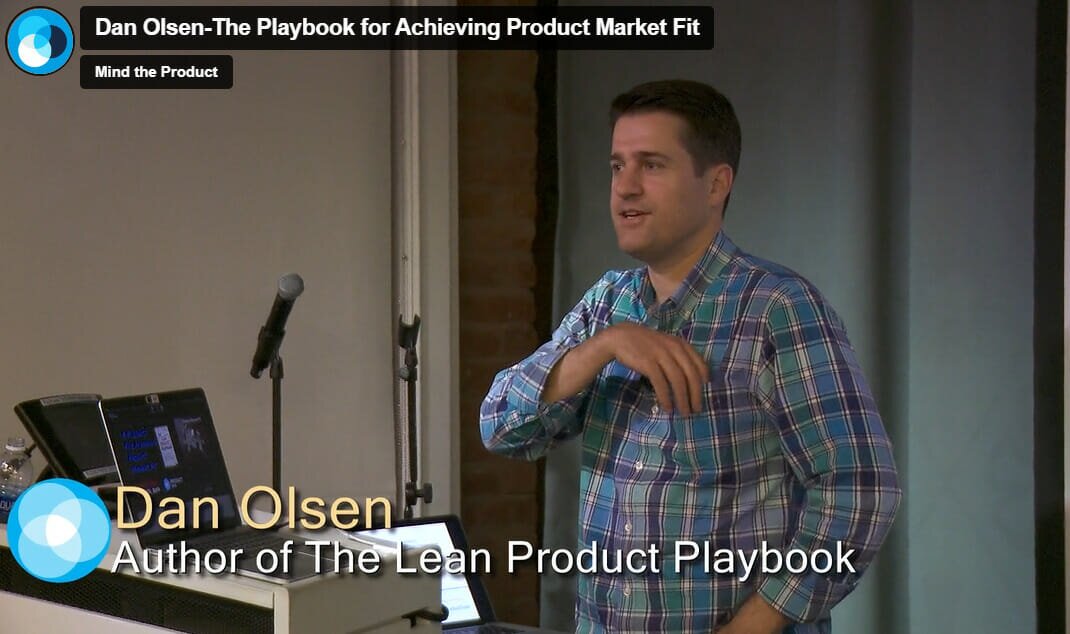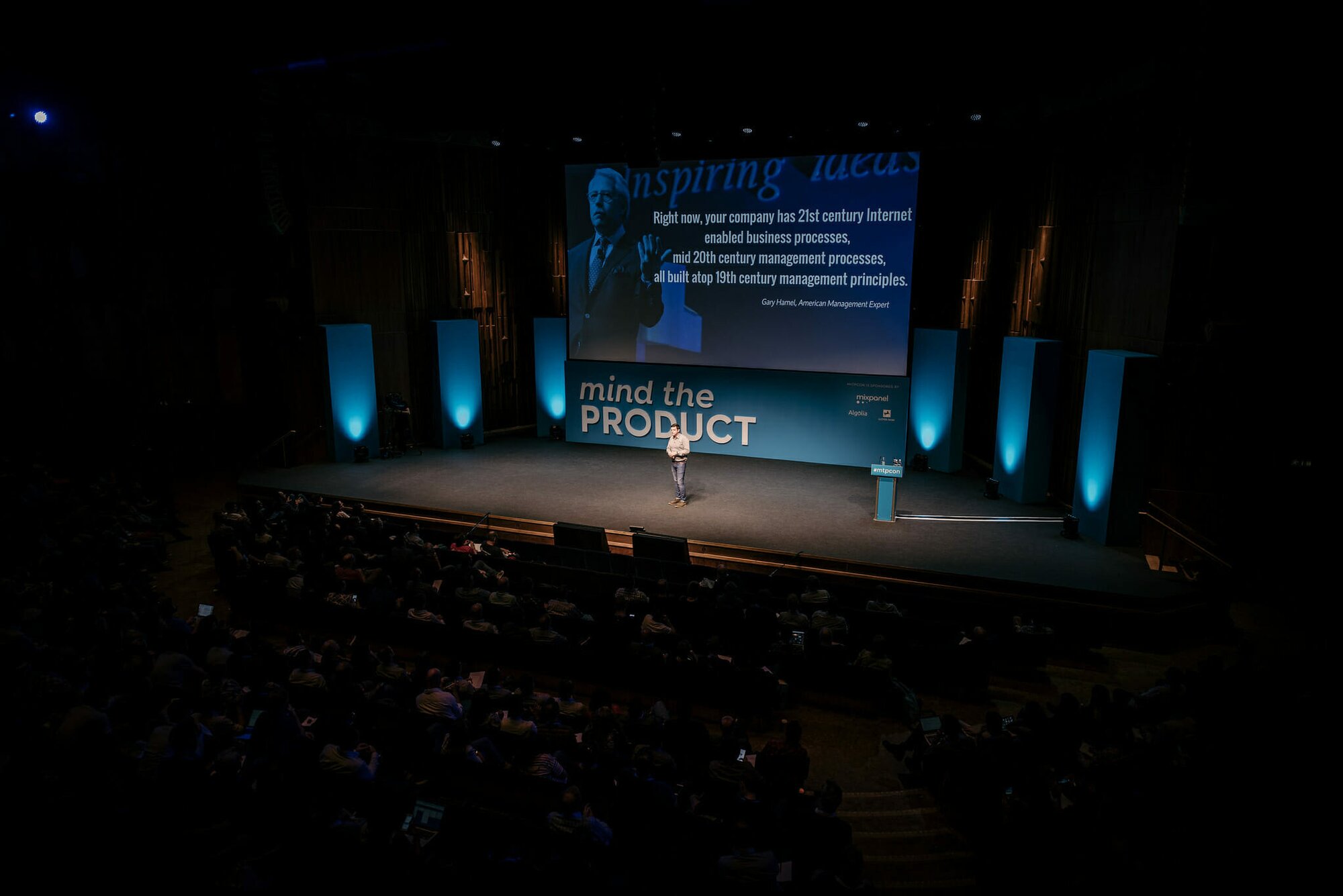In this #mtpcon Digital APAC session, Yamini Naidu, author of Supercharge Results with Storytelling reveals how to discover business storytelling, explore the use of storytelling and identify storytelling applications in your context.
She explains the importance of a well-crafted story and message, why influence is the contemporary tool of our time, and how to use it to get the best out of people and get your clients to choose you over the competition.
Watch the session in full or read on for the highlights:
Traditional influence is about hard power
Yamini begins by pointing out how we would all be familiar with using hard power to influence someone. This is a traditional form of influence, such as when a boss pulls rank or if you’re a parent, you tell your kids to clean their room.
Unfortunately, hard power comes with certain limitations when you try to use it too often to influence. You can end up with outright rebellion from subordinates, grudging compliance, or in some instances, people may say yes to your request but end up doing nothing.
Utilizing soft power
On the other hand, soft power is about using connecting, consulting, and collaborating to inspire influence. While hard power can be seen as a form of coercion, soft power is a form of persuasion.
Sometimes when trying to influence, only soft power will do. However, just like relying on hard power for every opportunity to influence someone, soft power has limitations. These include people not taking it seriously and requiring lots of skill to be effective.
Every day as product managers, there is a need to engage with people — both your team and customers — and deliver results. You can choose to use hard power, but this might hurt your chances of success. Soft power might work, but it can be slow, hard to do well, and sometimes too subtle. Yamini suggests we try something different.
Unlocking business storytelling
Business storytelling is about storytelling with a purpose and for results. While hard power informs, soft power invites, story power, as Yamini dubs it, inspires. To illustrate why we need business storytelling, Yamini draws on the teachings of Aristotle to point out the three things required for influence.
Logos, which includes data, facts, figures, and product research. Ethos, which refers to your credibility and how believable you are. And Pathos, an emotional connection. Logos informs but doesn’t shift behavior. Shifting behavior is necessary to influence others.
Storytelling can help to fast-track Ethos and Pathos and help you to influence better in your career. While we don’t need stories for everything, Yamini points out that all stories need a purpose. In addition, people need to see data, while stories need to be authentic and genuine to resonate with people truly.
Finally, Yamini offers some takeaway tips to get better at storytelling, including watching TED talks, collecting your best stories and recording them in a journal so you don't forget them, and finally, buying a book on storytelling.
Discover more content
Browse our library of #mtpcon keynotes or use our Content A-Z to explore even more product management topics.





